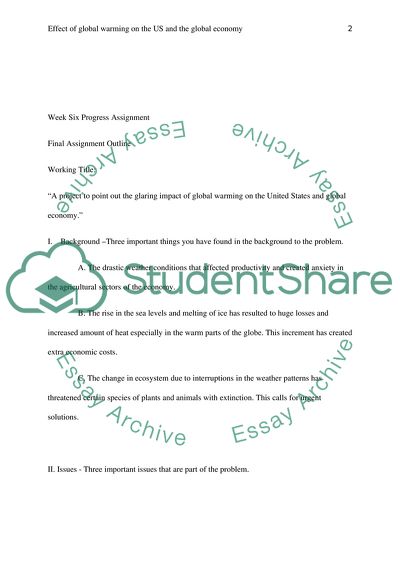Cite this document
(Effect of Global Warming on the US and the Global Economy Case Study Example | Topics and Well Written Essays - 2750 words, n.d.)
Effect of Global Warming on the US and the Global Economy Case Study Example | Topics and Well Written Essays - 2750 words. https://studentshare.org/history/1792115-what-effect-does-global-warming-have-on-the-us-and-the-global-economy
Effect of Global Warming on the US and the Global Economy Case Study Example | Topics and Well Written Essays - 2750 words. https://studentshare.org/history/1792115-what-effect-does-global-warming-have-on-the-us-and-the-global-economy
(Effect of Global Warming on the US and the Global Economy Case Study Example | Topics and Well Written Essays - 2750 Words)
Effect of Global Warming on the US and the Global Economy Case Study Example | Topics and Well Written Essays - 2750 Words. https://studentshare.org/history/1792115-what-effect-does-global-warming-have-on-the-us-and-the-global-economy.
Effect of Global Warming on the US and the Global Economy Case Study Example | Topics and Well Written Essays - 2750 Words. https://studentshare.org/history/1792115-what-effect-does-global-warming-have-on-the-us-and-the-global-economy.
“Effect of Global Warming on the US and the Global Economy Case Study Example | Topics and Well Written Essays - 2750 Words”. https://studentshare.org/history/1792115-what-effect-does-global-warming-have-on-the-us-and-the-global-economy.


